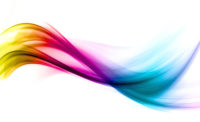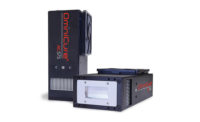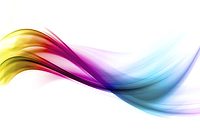Using Multi-Zone Irradiance Control in UV LED Systems
Advancements with innovative technology in LED arrays provide advantages to products with multilinear surfaces.
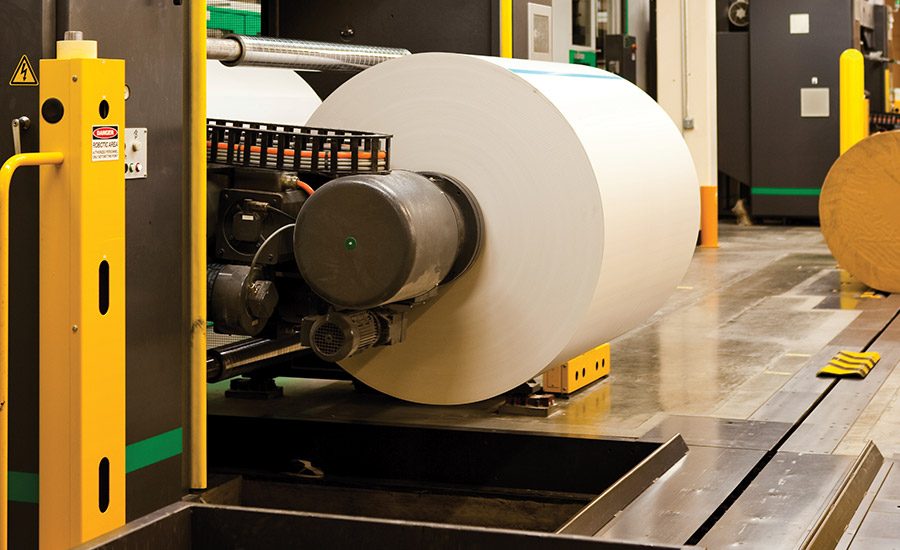
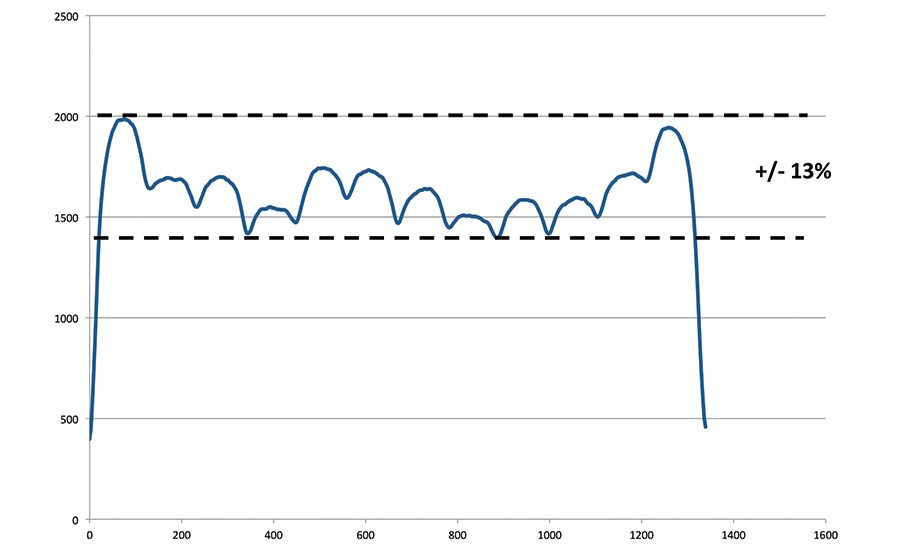

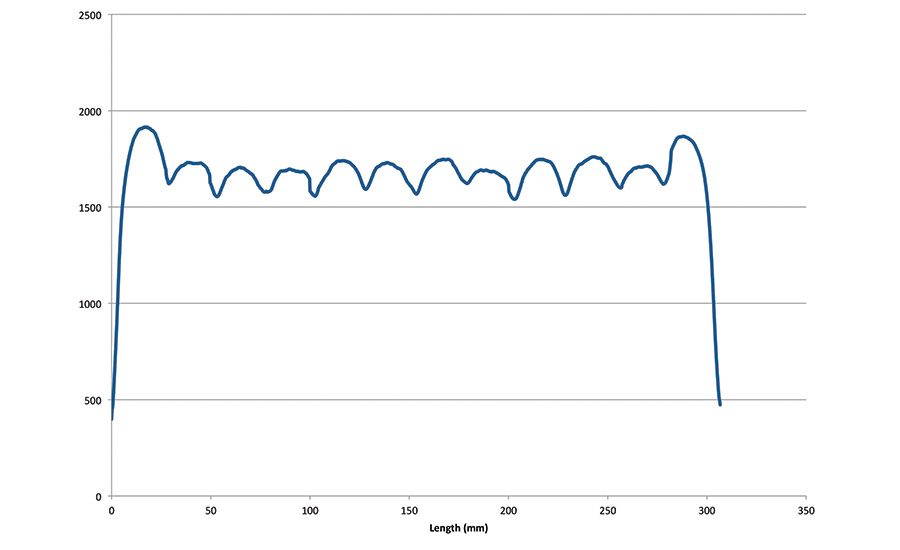
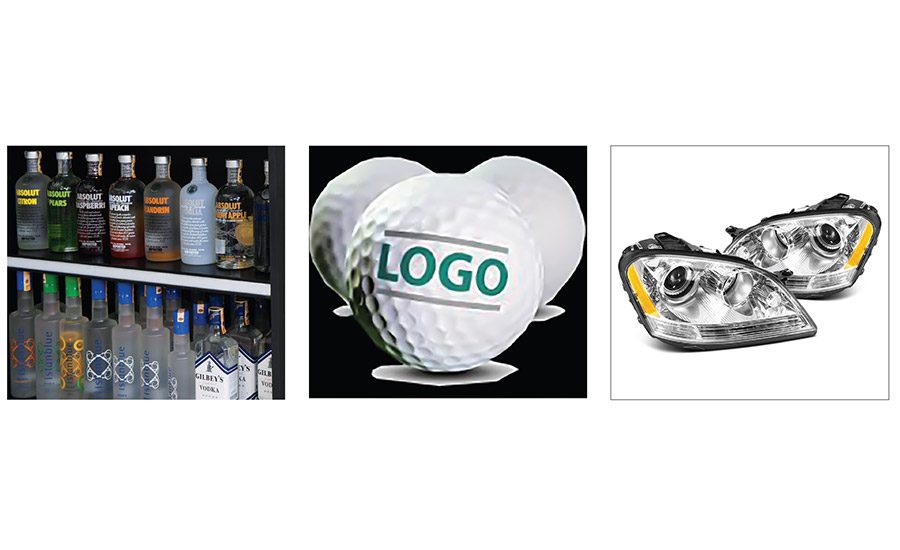
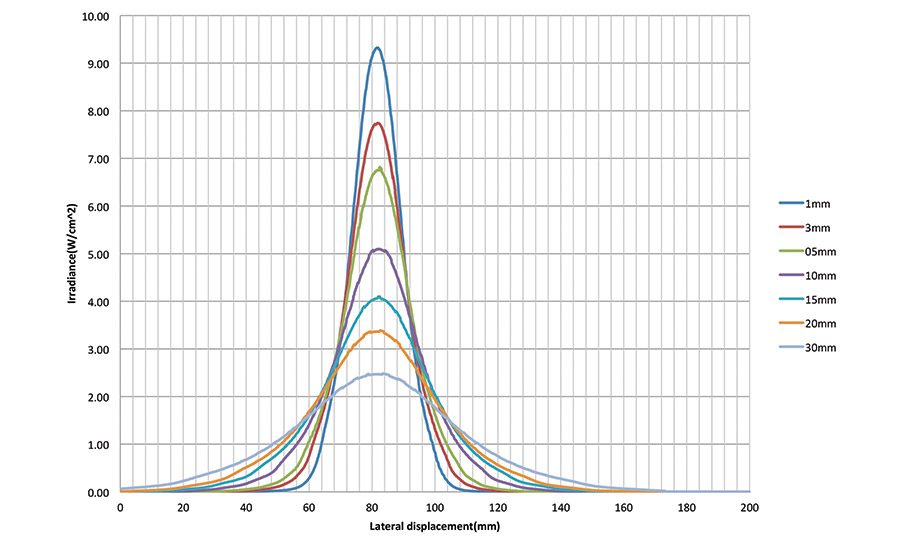
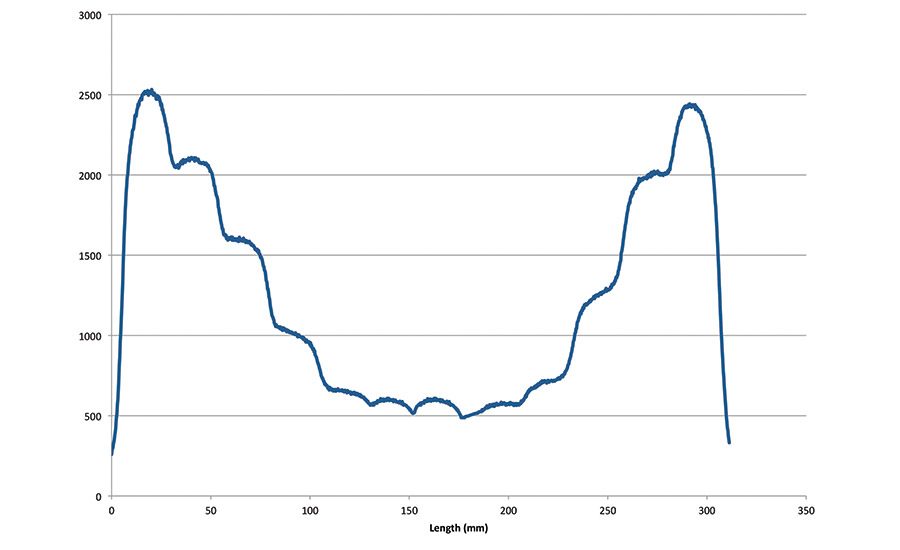
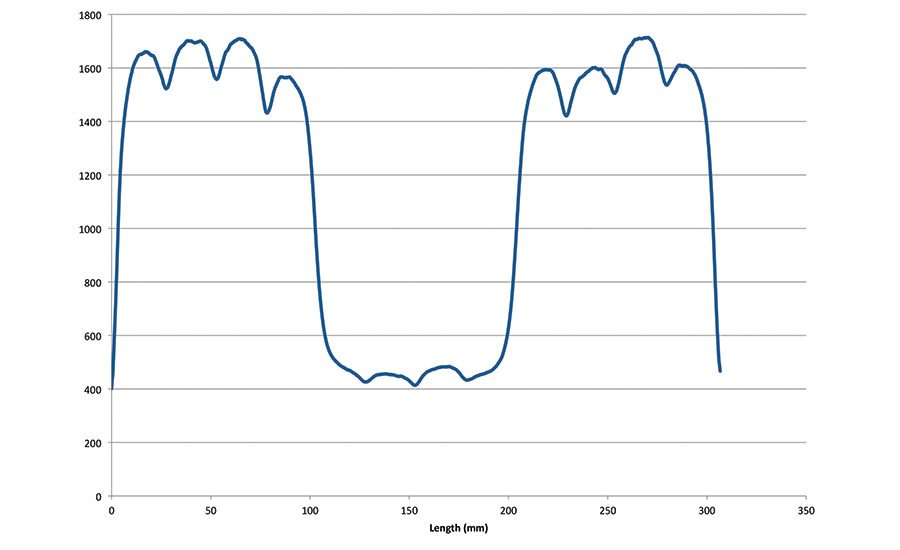








Effective curing of ultraviolet (UV) adhesives is an important aspect in the assembly and manufacturing of many products. Historically, mercury arc lamps have been used as the curing source in a range of industrial applications and processes to polymerize adhesives, coatings, and inks. However, newer light-emitting diode (LED) solutions have demonstrated the ability to overcome a number of limitations of older mercury lamps by reducing operational costs through longer lifespans, decreasing electrical consumption, increasing reliability, and minimizing heating of substrates. In addition, they provide environmental and safety benefits by eliminating mercury and ozone emissions, which are a concern with the mercury lamps.
UV LED technology has traditionally been faced with a number of barriers that have prevented wide-scale commercial adoption, including high cost and limited availability, low output and efficiency, and formulation compatibility. With advancements in UV LED technology, along with a wider range of LED-compatible formulations available, the use of UV LEDs for adhesive, coating and ink curing has increased.
As UV LED adoption increases, it is also becoming more apparent that LED technology offers increased functionality. UV LEDs can offer features not possible with traditional curing sources. Functions such as dimming or instant on/off switching provide more flexibility and a broader range of control. Using pulse width modulation (PWM), for example, to drive the LEDs can give an infinitely variable control of the UV dose at multiple irradiance levels; compounded with innovative designs of new LED arrays with individual LED modules, numerous features with immeasurable benefits become available.
New Arrays, New Designs
In traditional UV lamp systems—and even most LED array systems—a single control is used for the optical output across the entire length of the lamp or LED array. In contrast, newer LED array designs incorporate smaller LED modules as building blocks for the larger array. For example, when designing a 12-in. LED array, 12 individual 1-in. modules can be used, rather than designing a single 12-in. version. Furthermore, if the LED array is designed to allow for individual and independent control for the output of each 1-in. module, certain advantages in the functionality of the LED array result.
This type of functionality can be used to improve uniformity across the length of LED array systems. Much like lamp systems, the efficiency (and thus optical output) of each individual LED die will vary, often quite significantly. Since tens, hundreds or even thousands of individual LEDs can be used on a single LED array, the mixing of the output of multiple die helps to improve the uniformity of the entire array. This is dependent on the placement of the individual LED die, and die batch selection with each module.
Control Individual LED Modules
If the LED array system uses singular control across the array, there is no opportunity for adjustment if some areas vary in their output. Figure 1 (p. 32) shows an example where 12 individual 1-in. modules have been placed together to form a 12-in. array. In this case, single control is being used to provide the same input power to all modules. Even with the mixing of the multiple LEDs, the uniformity (measured at ± 13%) is not ideal.
In contrast, Figure 2 (p. 32) shows the output from the same modular LED design, but with individual and independent control of each module. This design makes it possible to vary the input power to each module so that they are all providing the same optical output, which allows the system to achieve much better uniformity (± 5%) across the length of the LED array. Independent control allows the LED system to actively compensate for the differing outputs of the individual LED modules and produce a more uniform curing area for better curing results.
A common trait with traditional lamp systems, as well as the LED arrays, is the tendency for the irradiance level to decrease as the edge of the array is approached. In the middle of the array, output from the LED modules on both sides is mixed; this does not occur at the modules on the ends of the array. Therefore, it is common practice to use a light source larger than the required cure area so that the lower irradiance at the edges of the array falls outside of the cure area.
In LED arrays where the individual modules can be independently controlled, it is possible to adjust the output of the individual modules to compensate for this effect. Figure 3 (p. 32) is an example of an irradiance profile in which the end modules’ output is increased to compensate for the lack of mixing from other LEDs. This allows for an increase in the effective curing area of the array, while still maintaining the very good uniformity across the entire array.
3-D Curing
Today, inks and coatings are being UV cured on complex, three-dimensional (3-D) parts such as bottles, automotive headlamps, test tubes, cosmetics, mobile phone cases, golf balls, and many wood products. One of the challenges the industry is faced with is the ability to uniformly cure materials where the working distance from the light source varies due to the topography of the parts. As discussed earlier, typical light sources attempt to provide a consistent output longitudinally, which is ideal for curing linear surfaces. However, this may not provide uniform irradiance on the surface of multidimensional parts. This can lead to uneven curing of the coating or ink, resulting in unwanted effects such as image or text distortion.
Working distance is a key element to be controlled in any successful UV curing process, as the irradiance level at the substrate varies with changes to the working distance. Small changes to the working distance can have large effects on the irradiance level. Figure 5 shows how increasing the working distance by only 2 mm causes the irradiance level to drop by nearly 20%.
In a 3-D object where the topography of the part changes, the substrate may be seeing very different irradiance levels—even if the light source may be providing a very uniform output. Areas that are further away from the light source may be under-cured, while areas that are closed could see over-curing from a higher irradiance level.
LED array systems that allow for independent control of the irradiance levels of individual modules within the array can compensate for changes in working distance. This innovation enables uniform curing across parts with varied topographies, thus opening up a number of new applications for UV curing technology.
Curing of items where the parts have a radius, such as bottles or golf balls, can be a problem for traditional light sources. Due to the curvature of the parts, the edges are at a longer working distance to the light source than the area in the center. As mentioned previously, traditional sources tend to have decreasing irradiance at the edges, which when combined with the longer working distances can cause issues with under-curing.
Programmable LEDs
With individual control of the LED modules, it is possible to program the LED array to provide a higher irradiance at the edges and lower in the center so that the irradiance level across the substrate is very uniform. Figure 6 is an example of the irradiance profile of the LED array with such a program.
More complicated topographies, such as coatings on wood panels and doors, can also be addressed with a more sophisticated irradiance pattern from the LED array. The irradiance level can be adjusted for moving parts where the topography of the part can change as it moves under the light source. In this way, the LED system is able to provide a customized curing profile, specific to the parts cured as well as the speed at which the parts are being moved.
Functional Advantages
LED arrays have increased in their adoption vs. traditional lamp sources, due in large part to their technical advantages and lower running costs. Newer designs in LED arrays, such as those that allow for independent control of individual LED modules within an array, are able to provide clear functional advantages. When looking at the curing of parts with non-linear surfaces, the ability to provide programming of multi-zone irradiance control allows for uniform curing of the parts and a more repeatable curing process.
For more information, visit www.excelitas.com.
Looking for a reprint of this article?
From high-res PDFs to custom plaques, order your copy today!




